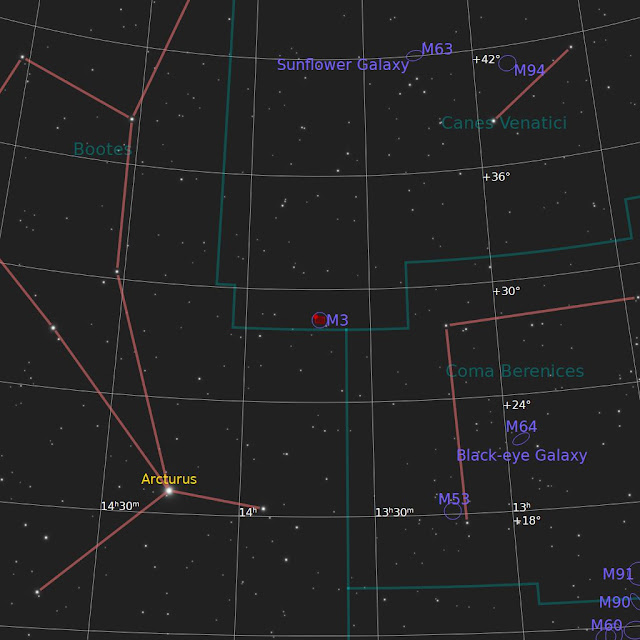An emission nebula, dark nebula, reflection nebula and a star cluster walk into a bar ...
Maybe they don't walk into a bar, but this combination of deep space objects is common for stellar nurseries such as the Cocoon Nebula. Monday August 26th was forecast to be a clear night and our club's observatory director decided to hold our Tuesday night Imagers session that night. I was unable to attend in person, but did join in via Zoom. We decided to image the Cocoon Nebula, a target that we recently imaged using a Dual Narrowband filter. We were a little disappointed in the result. One of our members pointed out that this target contains significant reflection nebulosity, dark nebula, and faint background dust and might be better suited for no filter, to better captures these broadband elements. Conditions were pretty good and the 47% illuminated Moon was not an issue as it rose just before midnight. We would be done imaging for the night by then. We captured 22 usable subs at 300 seconds each. This is my process of the data.
 |
| The Cocoon Nebula (IC 5146) from the BMO on 8/26/2024 |
Processing:
All pre and post processing was performed in PixInsight. Pre-Processing: All subs were visually inspected with Blink and subs with issues were removed. All light Frames, Flats, Darks and Dark flats were loaded into WBPP. Linear Post Processing: Background extraction was performed with Auto DBE Script from Seti Astro followed by BXT (correct only). SPCC was used for Color Calibration followed by a full application of BXT. Noise was reduced with NXT. The image was made non-linear with HT. Non-linear Post Processing: Stars were removed with StarXT. Stars: Saturation was increased with CT. Starless: Intensity, and contrast were adjusted with various applications of CT. Saturation was increased with CT. LHE was applied at 3 Kernel sizes. Unsharp mask was applied and MMT was used to increase sharpness. The DSE script was used to enhance dark nebula regions. The Stars and Starless images were combined with Pixel Math to produce the final image. I processed several versions. One version was dark and the other was very bright. I ended up blending both together with Pixel Math to get this final version.
What is it?
IC 5146, more commonly known as the Cocoon Nebula, is an emission nebula located in the constellation of Cygnus. Like other stellar nurseries, the Cocoon contains emission nebula, reflection nebula, dark nebula, and a star cluster.
 |
| An annotated image of IC 5146, The Cocoon Nebula |
How Big is it?
IC 5146 has a size of 12 arcminutes (1 degree is 60 arcminutes) on the night sky. It is about 15 light years in diameter.
How Far is it?
IC 5146 is located about 4,000 light-years (ly) from Earth in the constellation Cygnus.
How to find it?
IC 5146 is located between Cygnus and Lacerta, near the open cluster M39. A nebula filter like a UHC or a H-beta filter would likely help visual observers.
 |
| Finder chart for IC 5146, The Cocoon Nebula |






















